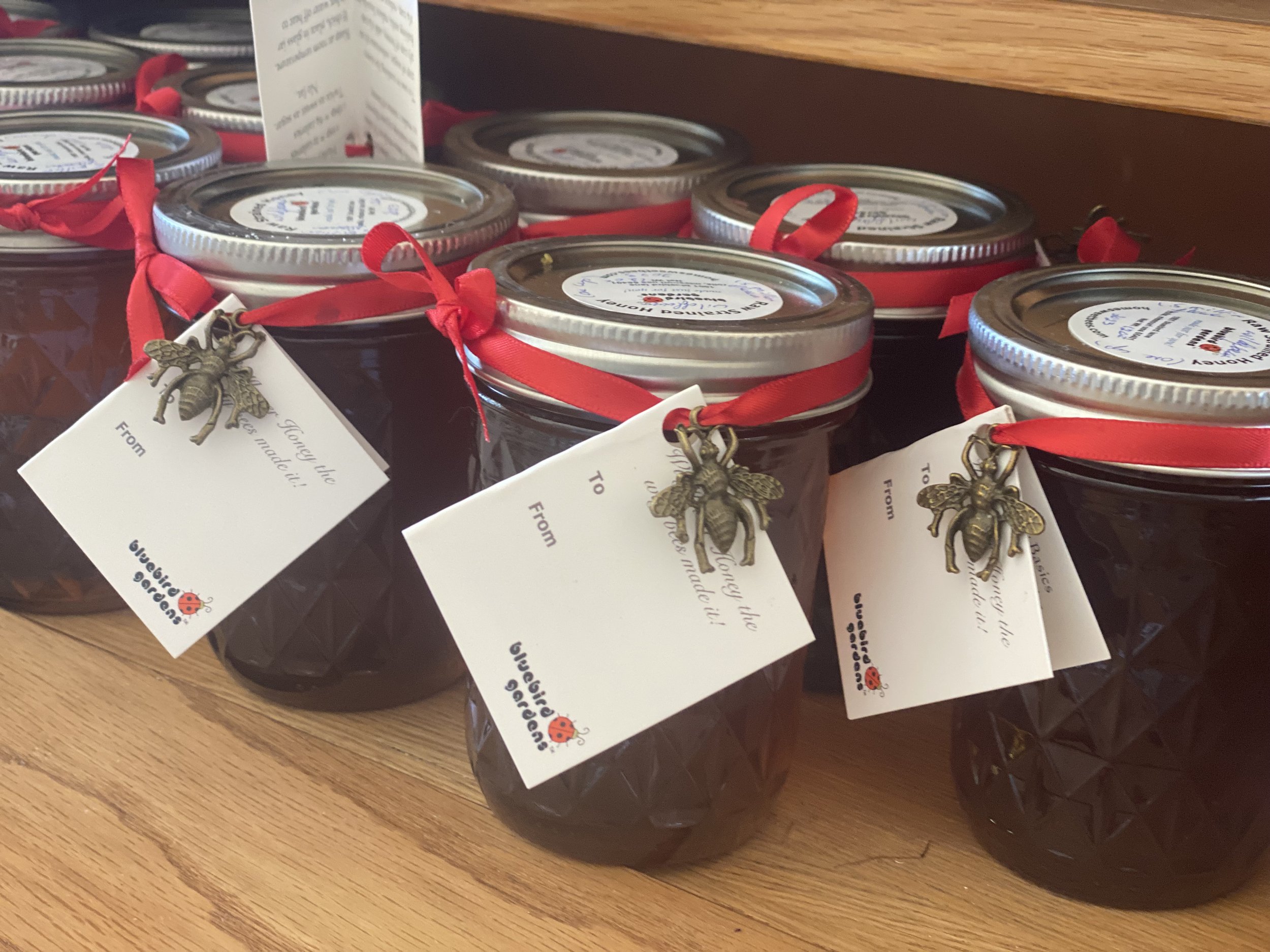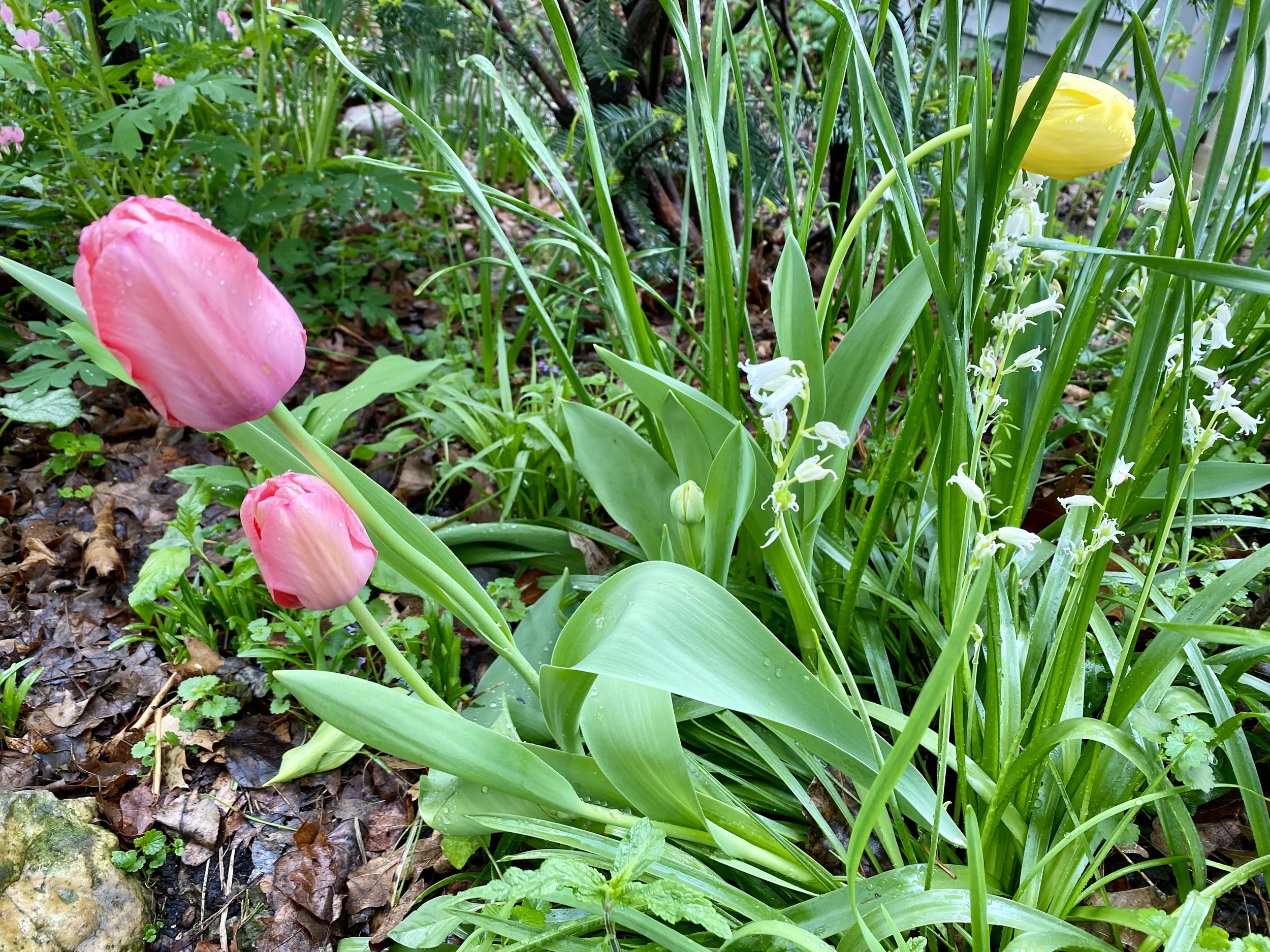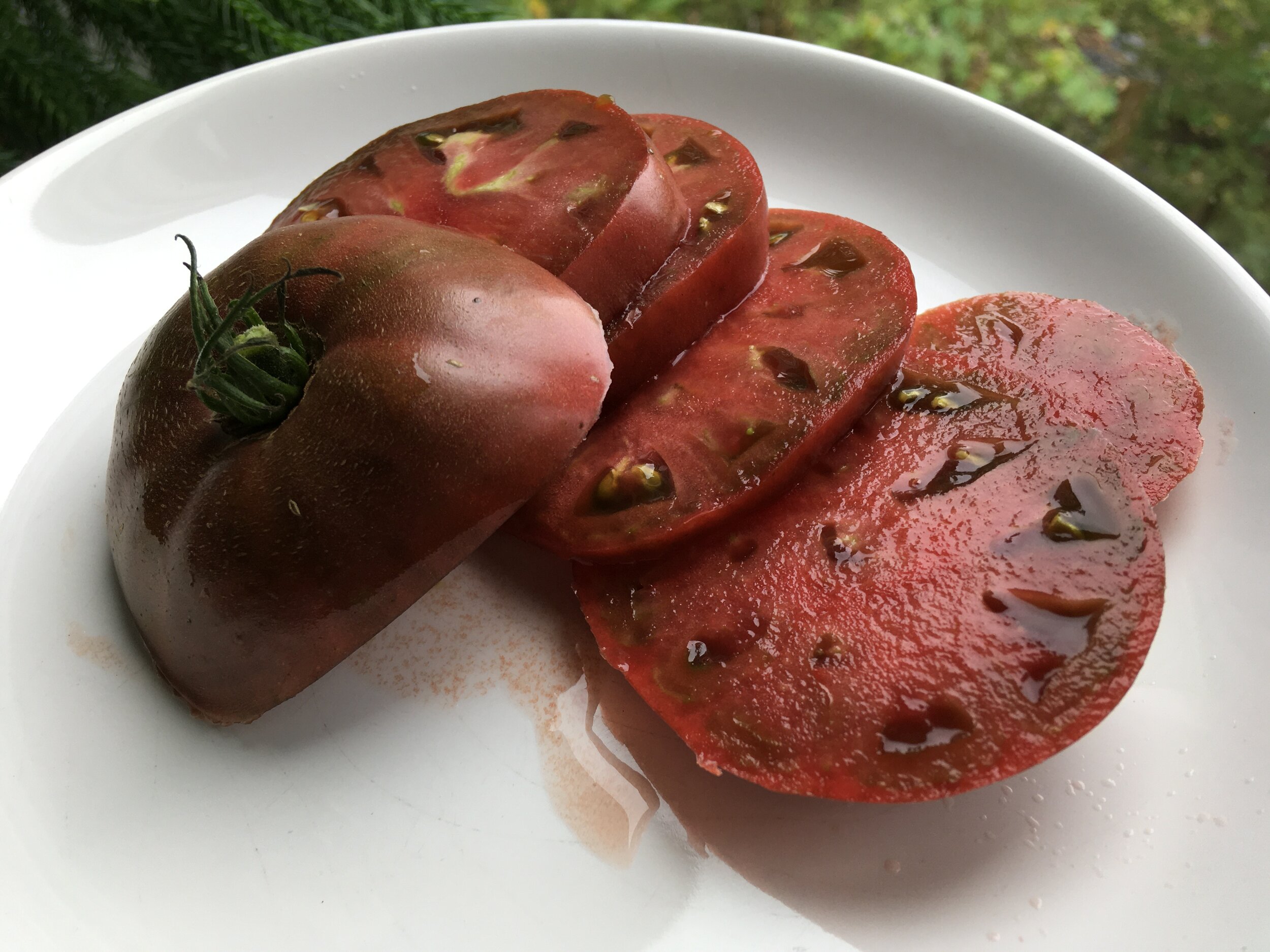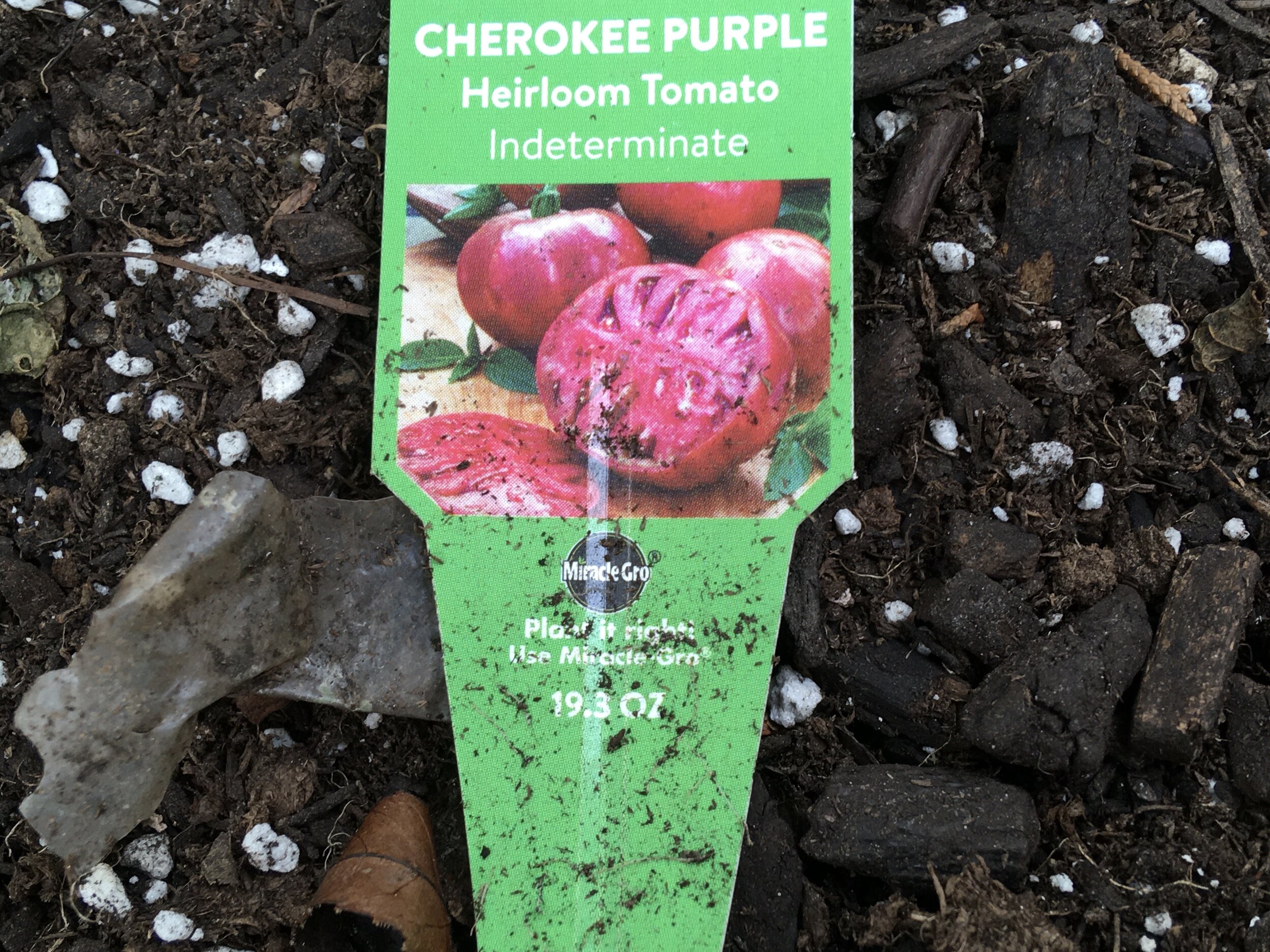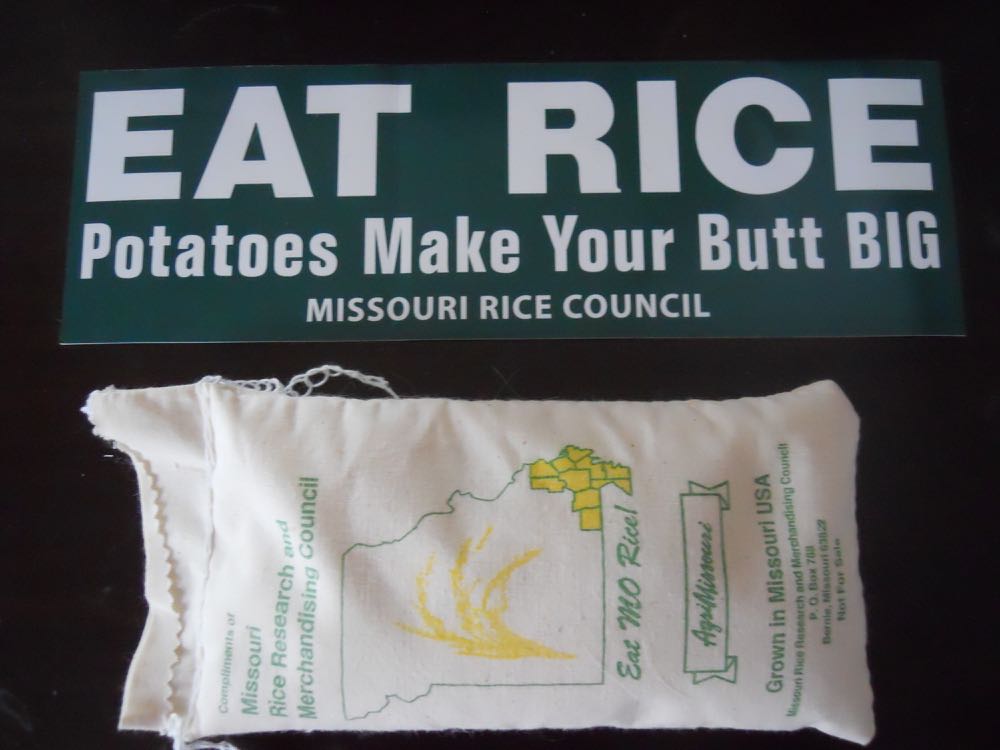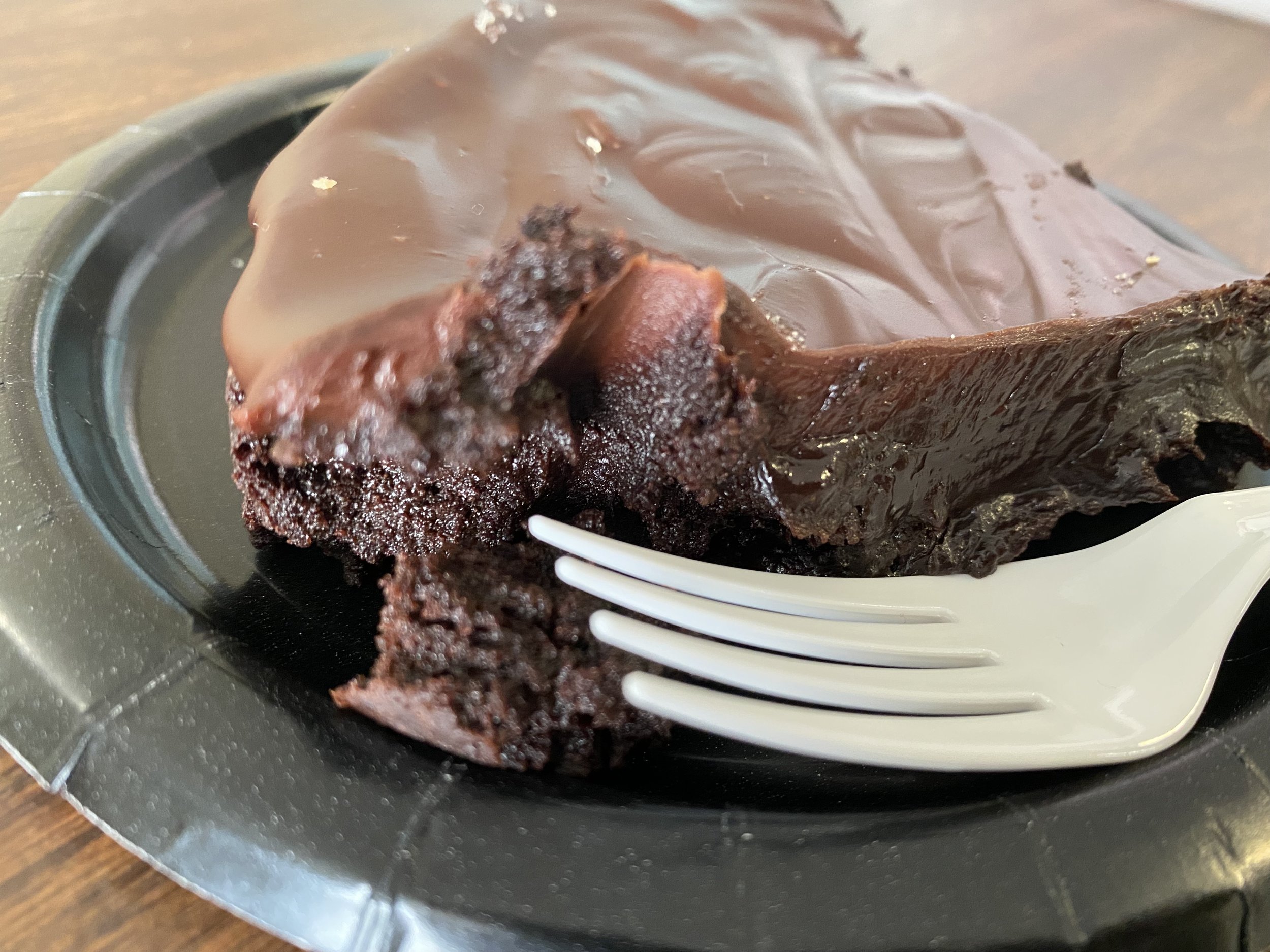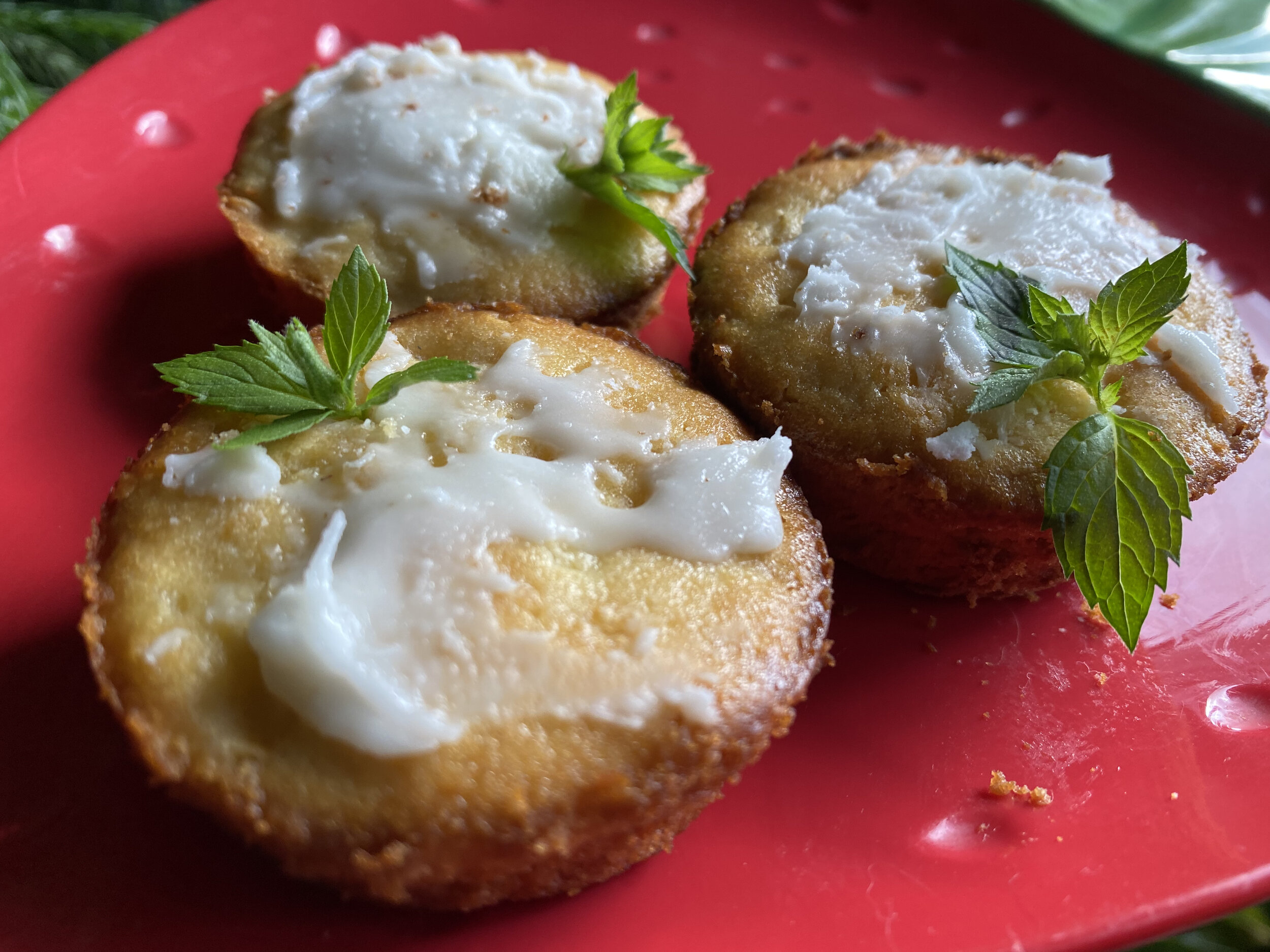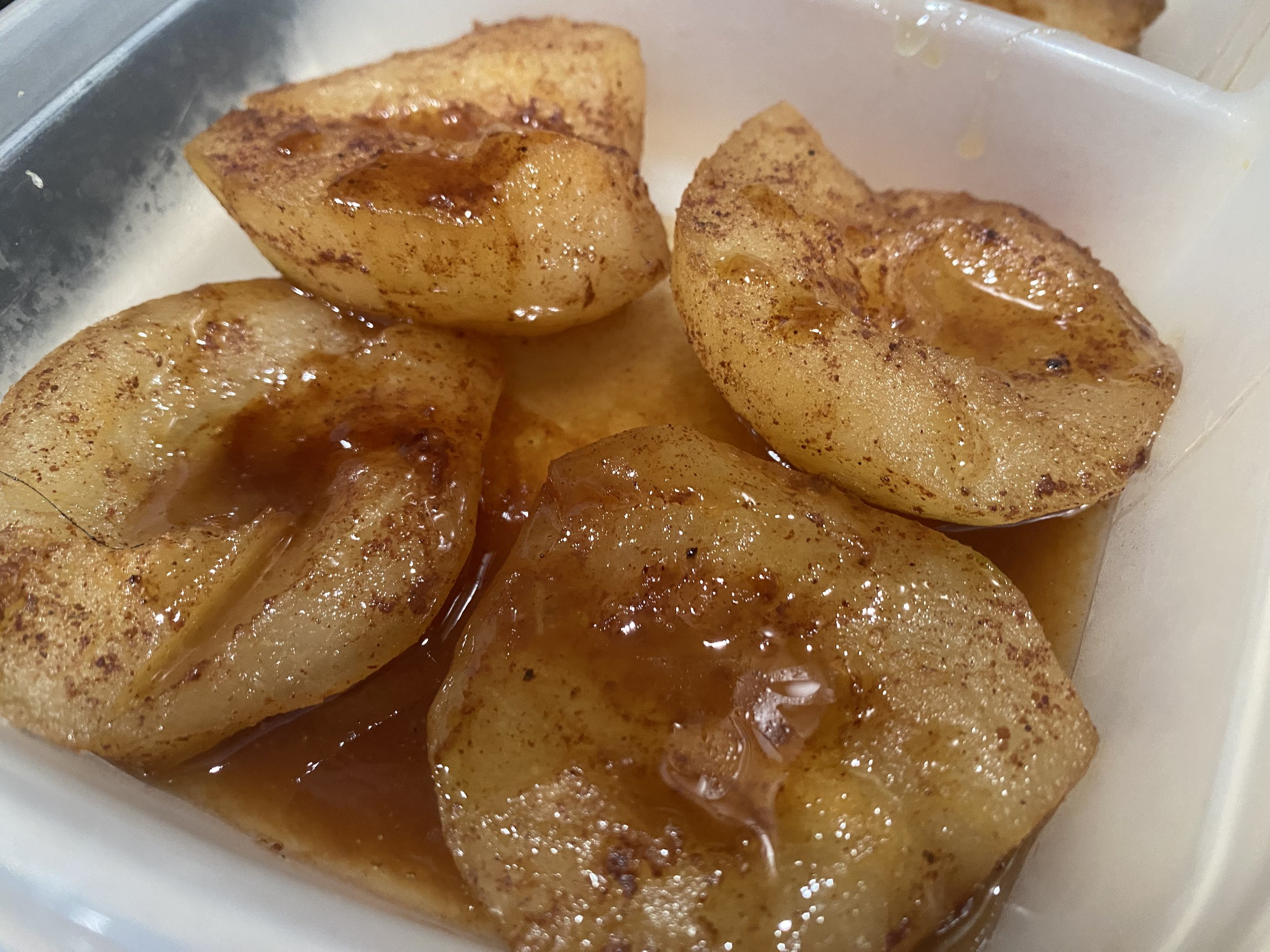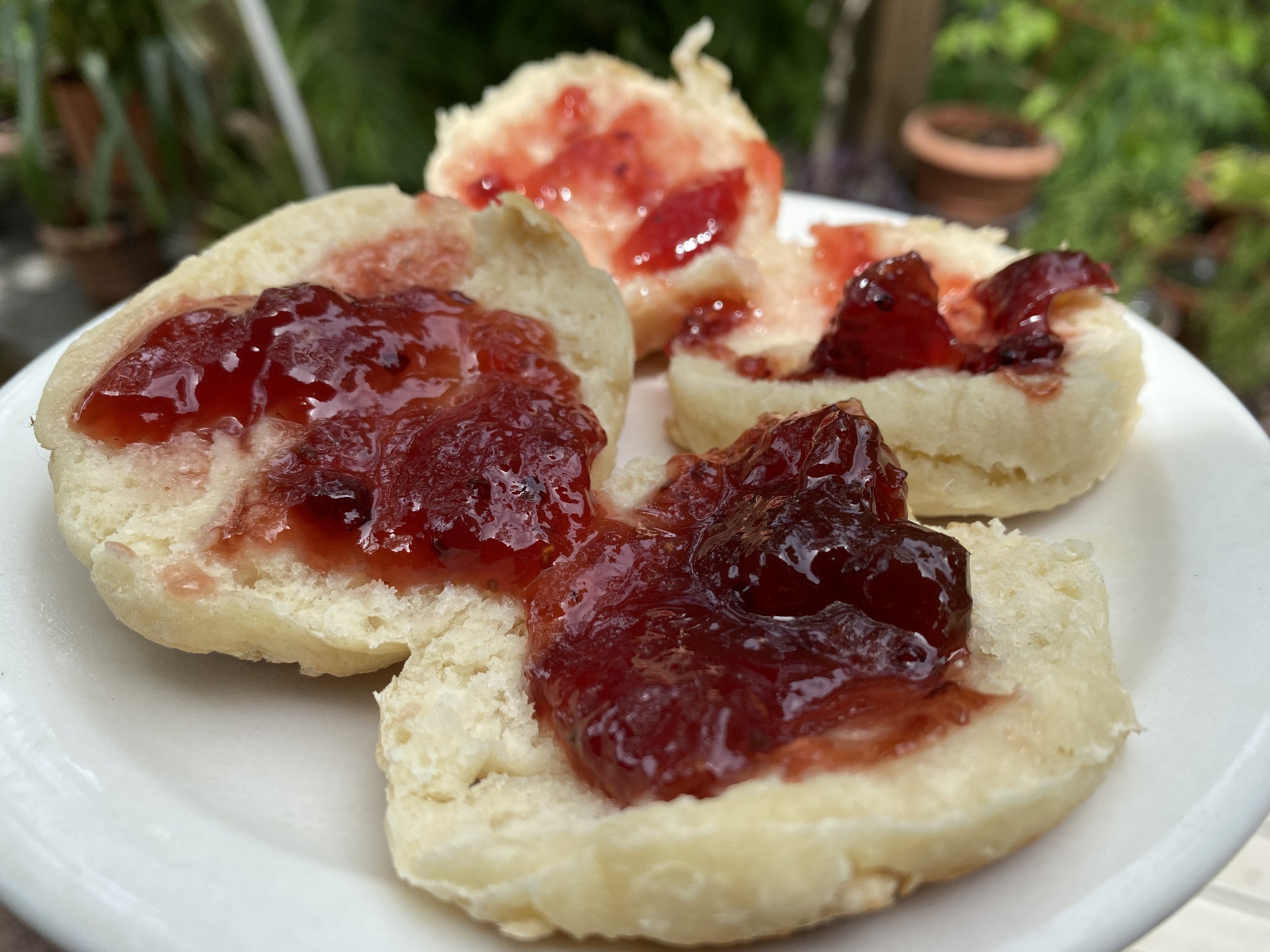Chanterelle Mushrooms
/locally-sourced chanterelle mushrooms after a rain. (charlotte ekker wiggins photo)
Chanterelle Mushrooms
We’ve had unusual prolonged rain this summer, making mushroom hunting a favorite, and productive sport. Friends shared their chanterelle finds after the only thing I brought back from a jaunt was a number of ticks.
It's worth noting that while chanterelles are generally safe to eat, it's essential to correctly identify them before eating, as some wild mushrooms can be toxic. If you're not experienced in mushroom foraging, it's safer to buy chanterelles from reputable sources or farmers' markets. Or hope you have friends willing to share.
History of Chanterelles
Chanterelle mushrooms have been used in culinary practices for centuries and hold cultural significance in various parts of the world. Chanterelles belong to the genus Cantharellus and are known for their distinctive trumpet-like shape, vibrant color, and delicious, earthy flavor.
Chanterelles have been part of traditional cuisines in Europe, Asia, and North America for a long time. They were gathered and consumed by indigenous peoples in various regions. In Europe, chanterelles have been documented in medieval manuscripts, and their use in culinary practices dates back centuries. In some cultures, they were considered a delicacy reserved for royalty or special occasions due to their unique taste and appearance.
Culinary Use
Chanterelles are highly prized for their flavor, which is often described as a mix of fruity, nutty, and peppery notes with a mild and delicate aroma. They have a meaty texture that can hold up well in cooking. Here's how you can use chanterelle mushrooms in cooking:
Cleaning: Start by gently brushing off any dirt or debris using a soft brush or cloth. Avoid washing them with water as they can absorb moisture and lose their texture and flavor.
Cooking Methods: Chanterelles are versatile and can be used in various cooking methods:
Sautéing: Sauté chanterelles in butter or oil until they're golden brown and slightly crispy. This method helps bring out their natural flavors.
Grilling: Larger chanterelles can be grilled for a smoky flavor. Brush them with oil or marinade before grilling.
Roasting: Roasting chanterelles with other vegetables can enhance their flavor and texture.
In sauces: Chanterelles can be used to create creamy sauces for pasta, risottos, and more.
Soups and stews: They can be added to soups, stews, and braises to impart their distinct flavor.
Pairing: Chanterelles pair well with various ingredients, such as garlic, onions, fresh herbs like thyme and parsley, cream, white wine, and mild cheeses. They can be used in dishes like pasta, risottos, omelets, and even as toppings for pizzas.
Preserving: If you have a surplus of chanterelles, you can preserve them by drying, freezing, or pickling. Drying helps intensify their flavor, while freezing helps retain their texture.
Remember that culinary preferences vary, so feel free to explore different methods and combinations to find what you enjoy most when cooking with chanterelle mushrooms.
And if you are and about sourcing your own, make sure you know how to accurately identify them growing in the woods!
For more cooking, gardening, beekeeping and easy home decor tips, subscribe to Garden Notes.






